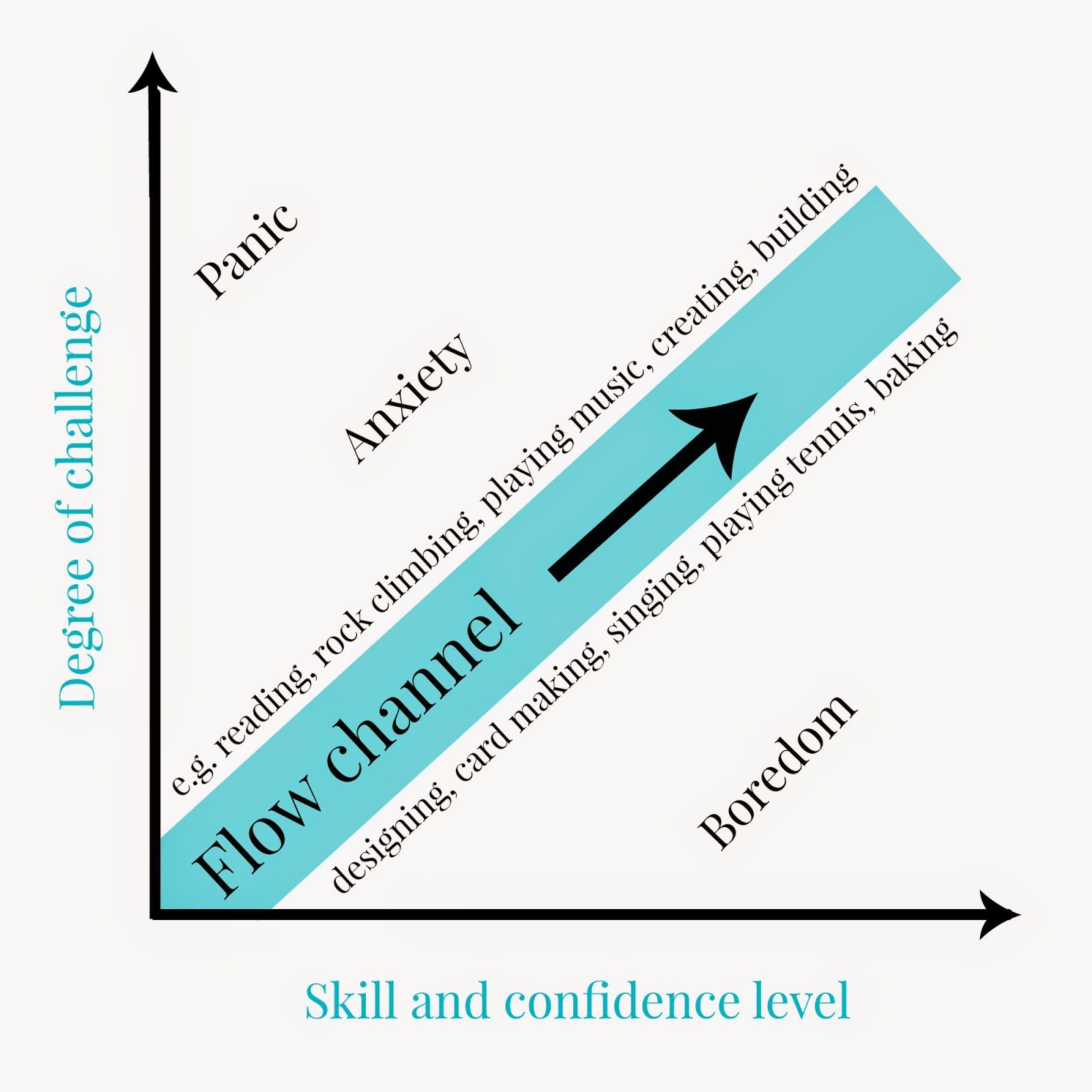Achieving long-term fitness goals is a challenge faced by many. There's a common tendency to start a workout routine with enthusiasm, only to lose momentum and stop altogether. This start-stop approach can hinder progress and make it difficult to achieve desired results. In this article, we explore the importance of year-round strength training and how you can develop a sustainable fitness regimen that lasts a lifetime.
The Problem with Start-Stop Workout Routines
Starting and stopping a workout routine repeatedly can lead to several issues:
- Loss of progress: When you take long breaks from your fitness routine, your body loses the strength and endurance it gained during the training period.
- Difficulty in regaining momentum: Restarting a workout routine after a long break can be challenging, both physically and mentally. It might take considerable effort to regain lost strength and endurance.
- Increased risk of injury: Jumping back into a workout routine can lead to an injury. You are anxious/annoyed about taking a break and want to get back to where you were. So, you rush it a bit. Or you lift weights at your previous level, rather than easing back in. This leads to injuries and further setbacks.
Benefits of Year-Round Strength Training
Consistent strength training offers numerous benefits:
- Improved muscle strength and endurance: Regular strength training helps increase muscle mass, making everyday tasks easier to perform.
- Enhanced bone density: Strength training stimulates bone growth, reducing the risk of osteoporosis and fractures.
- Better body composition: Consistent strength training can help reduce body fat and increase lean muscle mass, leading to improved overall fitness.
- Increased metabolism: Strength training boosts your metabolism, allowing you to burn more calories even when you're not exercising.
- Increased confidence: Strength training does wonders for your mental mindset and self-image.
- Change in mindset: When you dabble, when you are in a stop-start mode, you tend to think of yourself as someone who is bad at fitness. As if there's such a thing. Working out regularly helps you shift out of your mentality and identity. You think of yourself as someone who is active. And so, you are active.
- Improved skill: Strength is a skill. Endurance is a form of strength expressed over long durations. Doing a new movement, like a pistol squat, is an advanced motor skill. All of them are skills that require you to work in a consistent manner. You will find your skills improving during the reasonable periods of training.
Sustainable Workout Habits
Developing sustainable workout habits involves finding the right balance between intensity and consistency. This requires an understanding of when and how to incorporate different types of workouts into your routine.
The media confuses and distracts us in this regard. It shows a lot of tough and intense workouts alone. That leads to flawed thinking. That this is the only way to get results. And if you don't get results in that short timeframe, you suck. But that's completely false.
Let's take two scenarios.

You are newly in love and hanging out with your partner. When you meet, you are not going anywhere in particular. If you are going on a long drive, the point is to spend time together. The destination does not matter. How fast you get there does not matter. The two of you are lost in each other's presence and enjoying the conversation, the drive, the unhurried nature, the lack of a real destination, and the lack of pressure. The entire episode is enjoyable. Being stuck in traffic is irrelevant. If the place you were going to doesn't work out, going to another place is equally fine. As the joy is in getting time together. Let's call this the honeymoon drive.

Contrast this with an important work meeting with your biggest client. You have a specific time and place to be at. Where you are going matters and when you get there matters. You plan everything in advance. If plane tickets need to be booked, they are booked. The cab ride to the airport needs to be arranged. The cab ride at the destination as well, airport to the client's office - arranged. Nothing is left to chance. Let's call this the business drive.
Reasonable Workouts: The 'Honeymoon Drive'
Reasonable workouts form the foundation of sustainable fitness training. These workouts are:
- Manageable and realistic: They should fit into your daily schedule without causing excessive stress or disrupting other aspects of your life.
- Progressive: Your workout routine should gradually increase in intensity and volume, allowing your body to adapt and grow stronger over time.
- Enjoyable: Choose activities that you enjoy, as this will make it easier to maintain consistency and stay motivated.
- No pressure: There's no pressure to get anywhere. The goals are effort-based only. As long as you show up and do your best, you are good. You lift the weights that are reasonable for that day.
- 85%: You live in the 85% zone. Slowly, your old 85% becomes your new 75%. What I mean is you find that it takes less effort to do the same work you were doing earlier.
- Results/Destination is irrelevant: While metrics and benchmarks are important, you are not ruled by them. You benchmark when you need to. But you are simply enjoying the time you are spending on yourself and your training.
Intense Workouts: The 'Business Drive'
Periods of stress are when you grow. A challenge requires you to step up beyond your current level and reach a new level. As Mihaly Csikszentmihalyi talks about in his seminal work, we need to find the right level of challenge. Too easy and you don't grow. Too tough, and you give up.

Intense workouts serve as an extra stimulus for growth and progress. They should be incorporated into your routine periodically when your body is ready for the additional challenge. Remember, you've been slowly and steadily working at the 85% zone. And after a few months of it, your 85% is now 75%. Logic dictates that your 100% has gone up. But to lock that in, we need to find that new 100% - which we do by making a push.
These workouts are:
- Challenging: Intense workouts should push you beyond your comfort zone, demanding extra effort and focus. Remember, you are going to surpass your previous best. You've set the base for it but unless you actually lift the heavy weights, your body isn't there yet.
- Goal-oriented: Use intense workouts to target specific fitness goals, such as breaking through a plateau or preparing for a competition. In strength training, it might be a specific number for a specific lift.
- Timed appropriately: Schedule intense workouts during periods when you can dedicate time to proper recovery and nutrition.
- Short bursts: You do these for 6-8 weeks at a time. Immediately after, you have a longer recovery period and then go back to the reasonable method of working out.
Creating a Year-Round Workout Plan
A well-rounded workout plan should include a mix of reasonable and intense workouts.
What happens when you are mired in deliverables every week of the year? When do you get to de-stress? And take time off? You start hating the job. You start phoning it in. Or your life suffers. The hustle culture that is permeating society has permeated our fitness training as well.
You intuitively understand that you need the weekend, the vacations, and also low periods at work. How can your approach to strength training be any different?
A side question might arise - can you be on the honeymoon drive for even longer periods? Absolutely. But the business drive is necessary. You need to lift the heavy weight to get your muscles and tendons and ligaments and nervous system used to it. To nail the gains in.
Here's a suggested structure:
- Plan your workout calendar: Break down your year into months and allocate weeks for reasonable and intense workouts, ensuring there's ample time for recovery.
- Have a clear workout plan: Select exercises and activities that align with your fitness goals and preferences.
- Monitor progress: Track your performance and adjust your plan as needed to continue making progress.
For example, here's a way you can structure your year.
- Jan and Feb: 'Business Meeting'
- March, April, May, June: 'Honeymoon Period'
- July 1 to Aug 15: 'Business Meeting'
- Aug 16 to Oct 15: 'Honeymoon Period'
- Oct 16 to Nov 15: 'Business Meeting'
- Nov 16 to Dec 31: 'Honeymoon'
You've spent about 14 weeks doing challenging work and 38 weeks doing reasonable work.
Importance of Rest and Recovery
Rest and recovery are crucial for sustainable fitness training. Ensure you:
- Schedule rest days: Include at least two rest days per week to allow your body to recover and repair.
- Prioritise sleep: Aim for 7-9 hours of quality sleep each night, as sleep plays a vital role in muscle recovery and overall health.
- Incorporate active recovery: Engage in low-intensity activities such as stretching, yoga, or walking on your rest days to promote blood flow and recovery.
- Don't forget nutrition: Adequate protein, vegetables, and water.

Accountability and Motivation for Year-Round Fitness
Maintaining motivation and accountability throughout the year can be challenging. Consider implementing the following strategies:
- Set effort-based goals: You know I am not a big fan of only looking at results. Set effort-based goals instead. For the 38 weeks of reasonable training, are you able to average 3 per week? Were you able to hit 110 sessions for the year? And then the 14 weeks of tough might be 4 sessions a week. Whatever your plan says.
- Seek support: A coach does wonders. So does a community. Find one or both.
- Celebrate your achievements: Acknowledge and reward yourself for reaching milestones and accomplishing your goals.
- Find the right metrics to measure and benchmark:
- The right workout plan for intense periods: To get to a specific goal, you need focus. If your goal is to improve your bench press, then you need a plan that delivers just that. And then, you need to keep the plan the plan. And not randomly switch around.
- The right plan for the honeymoon: While the honeymoon period is relaxed and enjoyable, it does not mean random. You need a plan that tells you to keep doing the reasonable things. You need to work on your skills, rather than arbitrarily switching around.
Conclusion
Year-round strength training is a sustainable approach to achieving long-term fitness goals. By finding the right balance between intensity and consistency, prioritizing proper nutrition and recovery, and maintaining motivation and accountability, you can build a strong foundation for a lifetime of fitness and health. Embrace the 'honeymoon' and 'business' approaches to create a workout routine that works for you and enjoy the journey towards a fitter, healthier you.
Note: Coach Dan John's essay on the park bench and bus bench workouts has shaped my training. This article is built on my experiences over the past decade of implementing that important concept.
